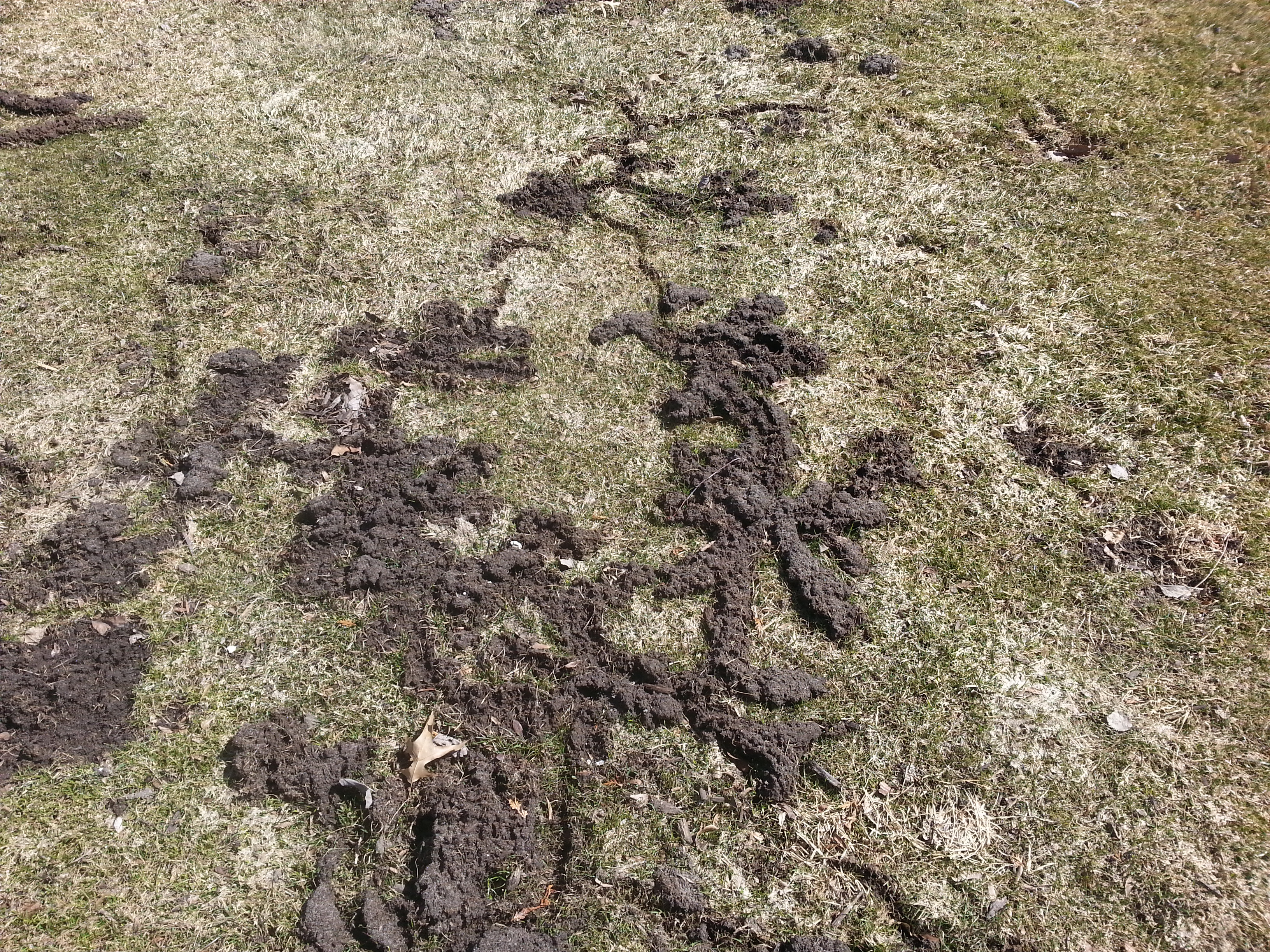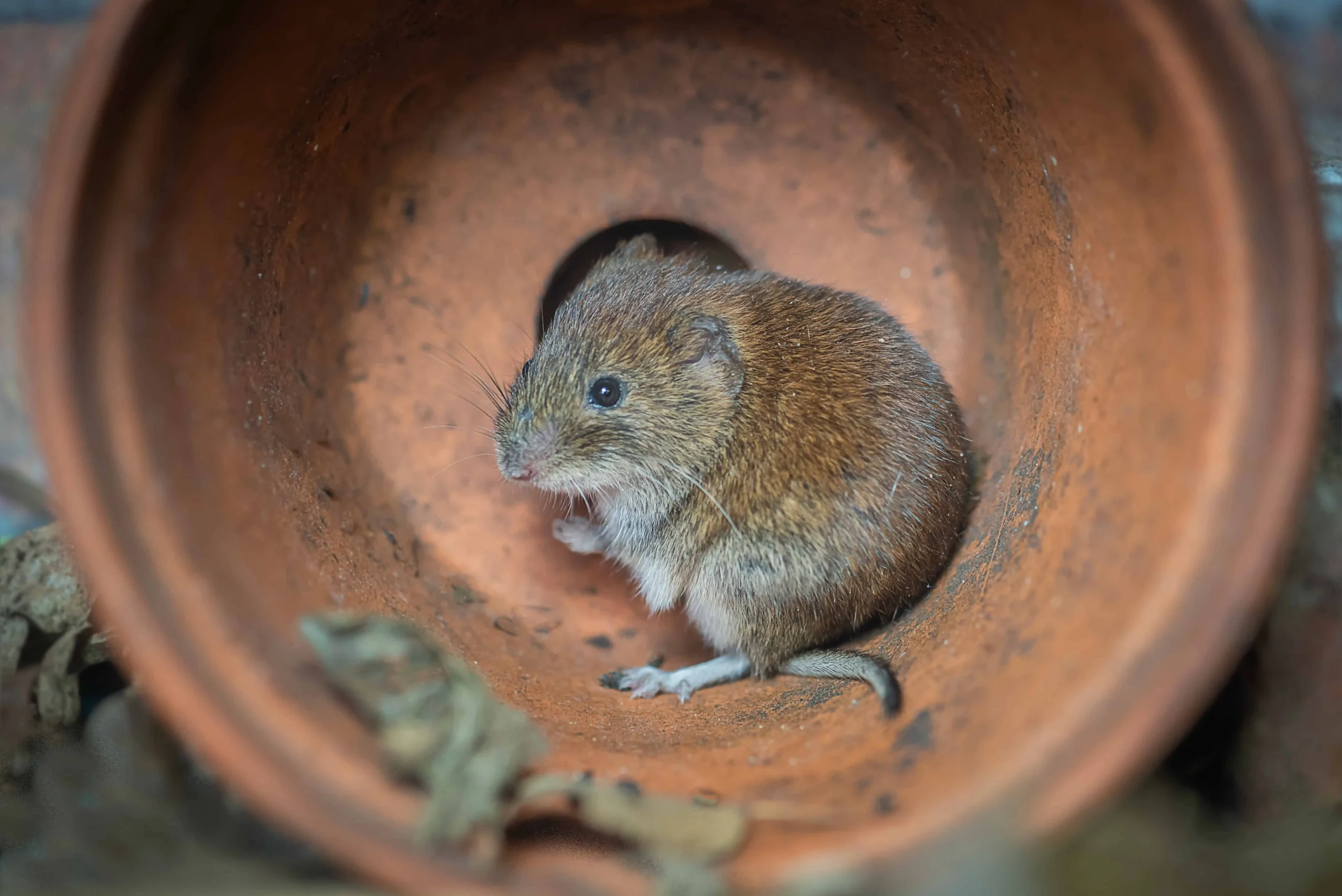Trusted Vole Control in Utah: Solutions for Your Property
Trusted Vole Control in Utah: Solutions for Your Property
Blog Article
Comprehensive Overview to Reliable Vole Pest Control: Problem Recognition and Therapy Techniques
In the realm of reliable bug control, vole invasions position a distinct obstacle that demands a strategic strategy. These little rodents, usually incorrect for mice, can ruin yards, lawns, and plants if left untreated. Identifying the indicators of vole existence and carrying out targeted therapy techniques are essential elements of an effective insect management strategy. By exploring the subtleties of vole behavior, recognizing crucial signs of problem, and assessing a series of control choices, one can create an extensive method to deal with these elusive bugs.
Understanding Vole Behavior
Vole habits is identified by their burrowing routines and fast reproduction prices, making them a difficult insect to control properly. Their rapid reproductive price more makes complex control efforts, with women qualified of producing several litters in a single year, each including a number of offspring.
Voles are most energetic during the morning and night hours, investing most of their time foraging for food. Their tunneling habits not only interrupt grass and gardens but likewise make them testing to remove and find. Comprehending vole behavior is crucial for effective bug control approaches. By recognizing their burrow areas, keeping track of feeding locations, and carrying out targeted control methods, such as trapping or habitat alteration, vole invasions can be managed effectively.
Indications of Vole Problem

Avoidance Strategies
Carrying out effective avoidance strategies is important in decreasing vole infestations and guarding greenery from their destructive feeding practices (vole yard damage). To avoid vole invasions, it is crucial to start by eliminating potential food resources and shelter. Maintain yard and plants trimmed short, eliminate weeds and debris, and preserve a neat yard or lawn to make the area less attractive to voles. Installing obstacles such as equipment fabric or below ground secure fencing can additionally help hinder voles from entering specific locations. Additionally, lowering excess wetness by taking care of leaking pipes and guaranteeing correct drain can make the atmosphere less congenial for voles.
Consistently checking the property for indicators of vole task, such as paths and tunnel openings, is vital for early detection and prompt activity. Consider making use of repellents or catches purposefully put near their pathways if vole task is presumed. Employing all-natural predators like serpents or owls can also aid keep vole populaces in check. By carrying out a mix of these prevention techniques, gardeners and homeowners can top article successfully safeguard their plant life from vole damage.
Non-Lethal Control Techniques
To properly manage vole populations while prioritizing humane approaches, non-lethal control approaches offer useful options for minimizing vole damage in gardens and landscapes. One effective method is using physical barriers such as hardware towel or cable mesh to safeguard at risk plants. These obstacles can be hidden at the very least 12 inches curved and deep at a 90-degree angle to avoid voles from burrowing beneath. Additionally, habitat adjustment can discourage voles by decreasing their chosen food sources and concealing areas. Preserving a well-mowed lawn, removing particles, and keeping vegetation trimmed can make the setting much less enticing to voles.

Lethal Control Options
One efficient method for resolving vole invasions in yards and landscapes includes the tactical use deadly control alternatives. When faced with a serious vole problem that non-lethal approaches have stopped working to contain, applying deadly control actions becomes vital. One commonly used dangerous control option is making use of breeze catches. These traps are developed to promptly and humanely kill voles upon activation, making them a prominent option for lots of garden enthusiasts and landscapers. To enhance the efficiency of breeze traps, it is recommended to place them in areas where vole activity is high, such as along runways or near burrow entryways. Another deadly control choice is the use of poisonous lures particularly created to target voles. These lures have poisonous substance that is consumed by the voles, bring about their eventual investigate this site demise. Caution should be exercised when using hazardous baits to avoid injury to non-target animals or pet dogs. Overall, when utilizing dangerous control choices, it is vital to do so sensibly and in accordance with neighborhood guidelines to effectively take care of vole problems.
Conclusion
In conclusion, reliable vole bug control needs a comprehensive understanding of vole behavior, recognition of signs of invasion, implementation of avoidance strategies, and application of both deadly and non-lethal control methods. By combining these approaches, people can properly handle vole populaces and safeguard their building from damage. It is very important to address vole invasions promptly to avoid additional problems and minimize the influence on the surrounding setting.
Provided the elaborate tunnel systems and quick recreation prices characteristic of voles, identifying the signs of vole infestation comes to be important in effective parasite control. One of the main signs of vole existence is the existence of surface paths or routes in grass or snow, typically concerning 1-2 inches broad, produced as voles take a trip in between their burrows and food resources.To effectively take care of vole populaces while focusing on humane techniques, non-lethal control methods offer functional services for minimizing vole damage in landscapes and gardens.One efficient technique for resolving vole infestations in yards and landscapes includes the strategic usage of lethal control options. vole control.In conclusion, effective vole insect control calls for a comprehensive understanding of vole actions, identification of indications of infestation, implementation of avoidance strategies, and usage of both vole yard damage non-lethal and deadly control approaches
Report this page